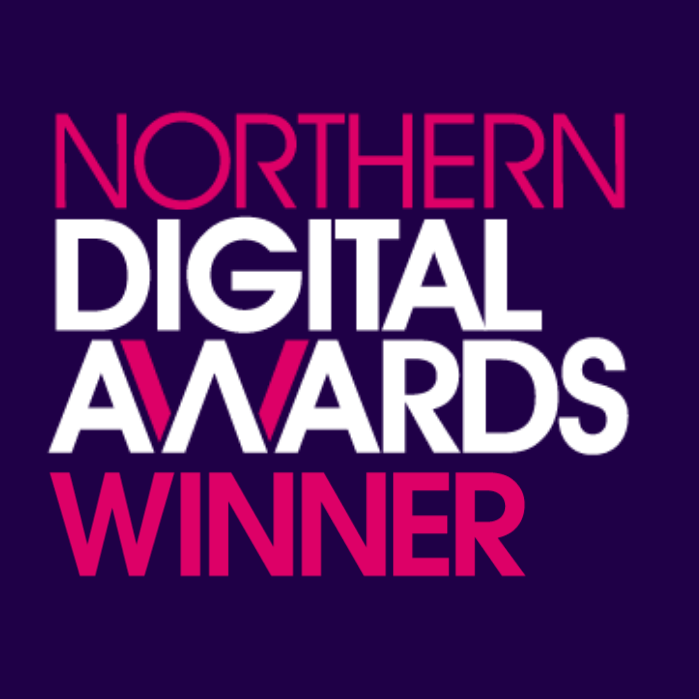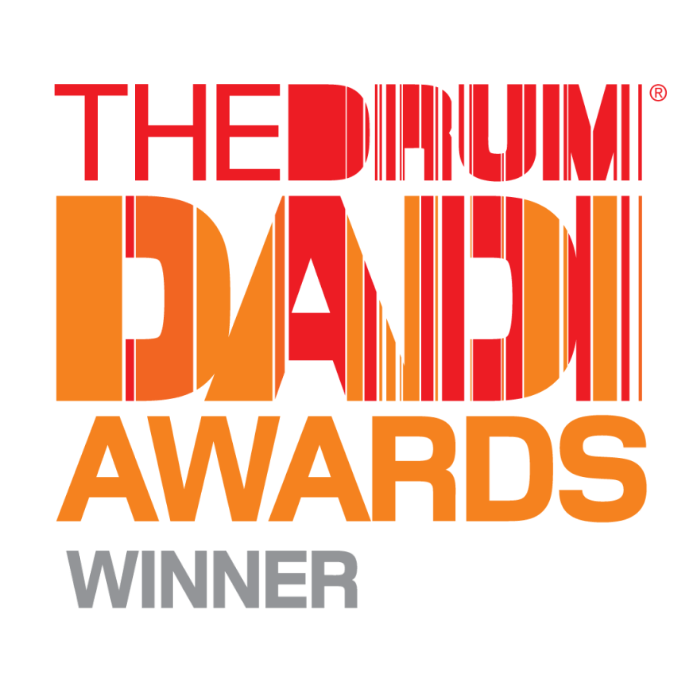What we’ve learnt about content marketing during Covid-19
Creating relevant and impactful content campaigns during a global pandemic probably wasn’t in anyone’s digital marketing plan for this year – unless you’re the person who writes those creepily predictive Simpsons episodes. But amidst the chaos and uncertainty, it has been interesting to see how brands pivot around their customers’ priorities to determine what journalists want during the crisis. And it’s not been without error – who could forget ASOS’ chainmail face masks, Amazon’s failure to provide workers with PPE, or Jeffree Star’s ‘cremated’ eyeshadow palette launch?
But, despite the obvious challenges, there are some key learnings that our team has taken from managing PR during the pandemic that proves content marketing and SEO are just as important during a crisis. Here, we’ll share some insights on how content marketing has evolved over the last five months and how our tried-and-tested tactics can help your brand cut through the noise.
Why is content marketing important?
Content marketing is crucial to business performance and growth – particularly within highly competitive sectors – as it helps generate leads, increase brand awareness and improve conversion rates. Whether it’s through data-driven blogs, expert comments or interactive assets, it allows you to capture the online attention of your target audience and translate it into tangible results.
Increased time spent on media consumption – March 2020
This has never been more important for brands than now, as people are spending more time online than ever before. In fact, global social media usage saw a 21% increase and news consumption rose by 36% during March alone. But without an effective content marketing strategy in place, you run the risk of being dwarfed by competitors who are producing relevant, newsworthy and impactful content on the daily.
How has content marketing changed?
Content marketing has changed during the pandemic based on the first rule of advertising: your adverts have to be seen to be impactful. That means brands have moved away from billboards, print publications and bus stops to the digital sphere. But the digital sphere has also changed, as some publications have seen mass furloughing of their news desks and remaining journalists have to prioritise Covid-19 related coverage.
Even big-name brands are struggling to adapt; in the UK, ITV’s advertising revenue dipped by 42% in April, the Financial Times’ print sales fell 39%, and car industry sales are at the lowest level since 1946. As a result, using digital and social media to get information out there has boomed and businesses are having to judge where best to spend their marketing budget online.
At Blueclaw, we’ve definitely had to learn what works best for our clients through some trial and error. We’ve had to measure newsworthy ideas against our clients’ values and how they could be impacted by Covid-19 in every ideation session since March, which has allowed us to create content campaigns that are topical yet empathetic. So, without further ado, let’s look at what makes a good content campaign during the Covid-19 crisis.
What makes a good content campaign?
The first thing you need to establish when putting together a content campaign is what your goals are. This is the stage that decides whether your brand is able to pivot and therefore stay profitable during the pandemic, or whether you’ll fall behind. It will also directly correlate to what kind of content you should produce to support your campaign idea. Your goals can be split into three categories: informational, consideration and purchase.. Or, in other words, to build links, to boost brand awareness and to increase conversions.
Content considerations by campaign intent
Source: BristolSEO: Data Driven Content Marketing, Link Building & Schema Webinar
If you’re looking to achieve informational or navigational goals then you’re more likely to be able to adjust to the current climate than those who are just focusing on transactions, as it’s far easier to change the concept of written work than it is with a physical product. However, that’s not to say that product sales are suffering due to the pandemic – you just need a strong marketing team to help you capitalize on the following booming industries: Source: BristolSEO: Data Driven Content Marketing, Link Building & Schema Webinar
- Remote learning (including online universities, webinars and language apps)
- Tech (including video conferencing, virtual reality and social media sites)
- Entertainment (including iGaming, video games and streaming services)
- E-Commerce (including online retailers, food takeaway and delivery services)
At the start of 2020, many digital marketers felt that one of the biggest trends for this year was the concept of ‘dream jobs’, whereby brands gave people the chance to win the role of a lifetime through a competition. However it’s now fairly obvious that this has taken a back seat given the volume of furloughing and redundancies across every sector. Instead, we’ve seen a shift to light-hearted interactive assets or simple press releases that are likely to achieve coverage without stepping on the toes of Covid-19 studies and reports.
When deciding which campaign idea to execute, you should ensure that you can answer the following SMART questions to avoid investing in something that won’t work:
Specific. Can you summarise the idea in one sentence?
Measurable. Is there a clear methodology to the idea?
Achievable. Is the research possible, and is the scope within budget?
Relevant. Is the idea relevant to the client? Is it appropriate in the current climate?
Time-Based. Does the idea need to be executed before a set date?
You can see some examples of the coverage we’ve achieved by focusing on relevant yet newsworthy topics here (we practice what we preach).
Another key consideration for brands is where their money is best spent. With more people spending time on news sites, it can be just as – if not more – effective to produce several small press releases than garner a couple of links each rather than a large interactive asset. This is something our team has been implementing for a while through always-on PR, which allows us to send out expert comments and data-driven releases to newsjack on trending stories on a weekly basis.
In our experience, it’s always best to account for always-on PR even when producing one asset, and ensure that your hooks drive what you produce rather than its form. Also known as the funnel technique, this means a main asset is compounded with multiple supporting pieces that each focus on different angles for targeted outreach. This is especially effective with journalists looking to achieve quick wins without having to navigate an interactive calculator, quiz or map.
What does the future of content marketing look like?
I’m not a fortune teller, but I can say with confidence that the pandemic will change the way most brands think about digital marketing. For businesses whose services or products didn’t lend themselves to the crisis, they had to explore opportunities that appeal to an audiences’ emotions and interests rather than relying on their product as the primary selling point. Therefore, more brands are learning what impact data-driven press releases, content campaigns and expert comments can have on rankings and conversions.
Businesses will also want to side with agencies who have strong journalist relationships, or who have effectively navigated the current climate. KPIs might also evolve in the long-term as brands had to pivot their business focus in line with what was possible within government restrictions. For many, this will mean valuing no-follow links and brand mentions more than before as a means to cut through the noise. But regardless of what this long-term change actually looks like, investing in content marketing should be a priority for every organisation.
If you’d like to learn more about how our SEO Agency can help you compete in the current climate, check out our content marketing services, or reach out here.




